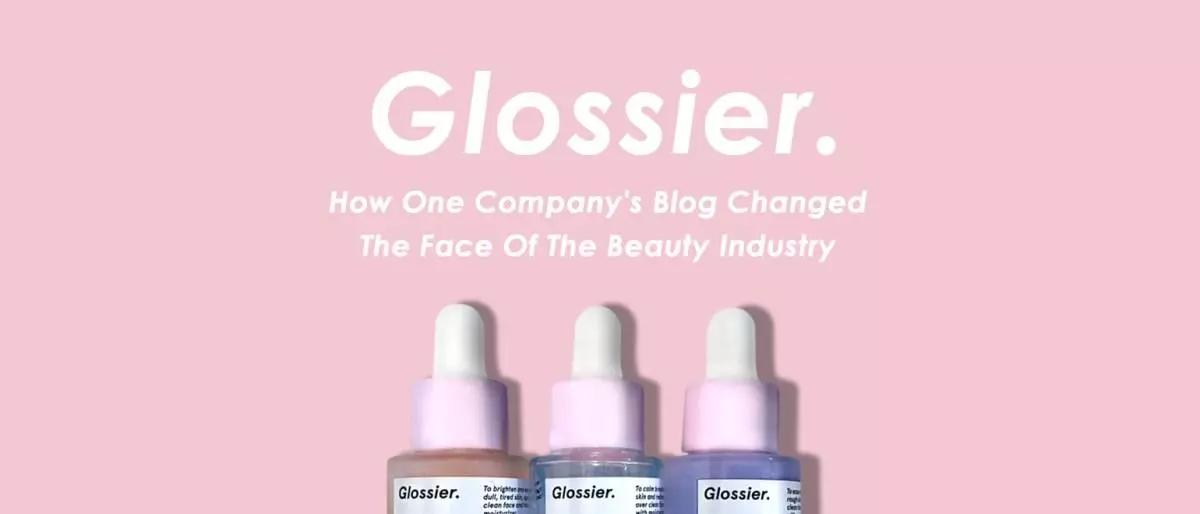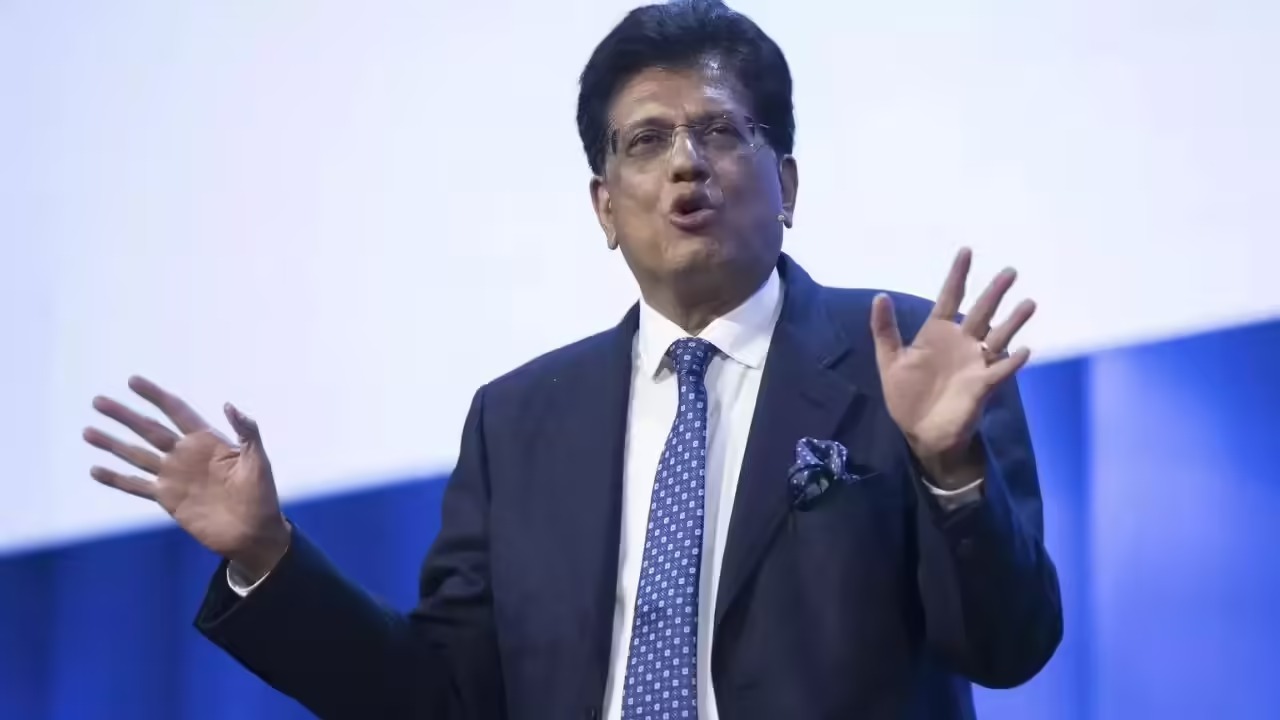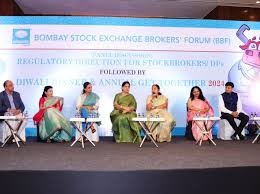Before Glossier was a beauty brand, it was a beauty conversation. Emily Weiss transformed her blog Into The Gloss into a community-driven powerhouse that reshaped how millennials and Gen Z view skincare and makeup. With authenticity, minimalism, and user feedback at its core, Glossier grew into a $1.2 billion beauty revolution
The Birth Of A Beauty Movement
When Emily Weiss launched Into The Gloss in 2010, she wasn’t selling lipsticks — she was selling stories. Her blog featured real women, from models to editors, sharing their beauty routines. The comment sections became virtual focus groups where thousands discussed what they really wanted from beauty products — transparency, simplicity, and relatability.
By 2014, Weiss turned that dialogue into a business: Glossier. The brand’s motto, “Skin first. Makeup second. Smile always,” perfectly captured its mission to empower women through effortless beauty.
Key Highlights Of Glossier’s Rise
• Community Before Commerce: Glossier built its first products based entirely on user feedback from Into The Gloss. Instead of dictating beauty trends, it listened — making customers feel like co-creators.
• Digital-First Disruption: The brand skipped traditional advertising and built its empire on Instagram. Every pink bottle, glossy pouch, and emoji-laden caption became part of an aesthetic that fans proudly shared online.
• The Cult Of The “Glossier Girl”: Glossier wasn’t just selling makeup — it sold a lifestyle. The minimalist packaging, pastel branding, and no-makeup makeup look turned it into a cultural movement.
• From Balm Dotcom To Unicorn Status: With viral products like Boy Brow and Milky Jelly Cleanser, Glossier reached over $100M in annual sales and a $1.2B valuation by 2019, backed by Sequoia Capital and Index Ventures.
• Retail Reinvented: Glossier’s flagship stores became experiential hubs — pink, playful, and selfie-ready — where the brand blurred the lines between shopping and community.
• Challenges & Comeback: Post-pandemic, Glossier faced layoffs and shifting consumer trends, but Weiss’s legacy remains: she proved that listening to customers isn’t marketing — it’s innovation.
The Glossier Effect
Emily Weiss didn’t just build a brand — she built a mirror reflecting a generation’s values. Glossier changed how beauty brands talk to consumers — and more importantly, how consumers talk back. The brand’s success reminds the world that conversation can be the most powerful form of creation.
Sources: Business Insider, Forbes, The New York Times, Vogue, TechCrunch






